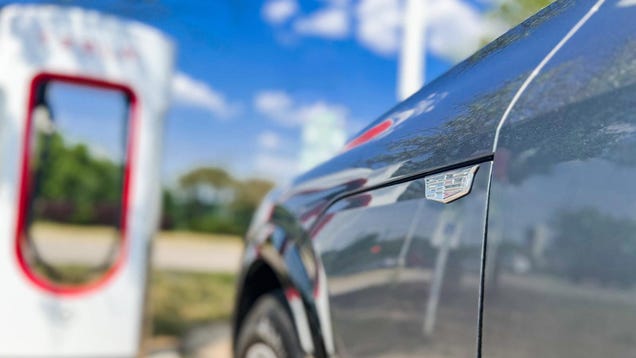Understanding the Challenges of Tesla’s Supercharger Network for Non-Tesla EVs
The rapid expansion of Tesla’s Supercharger network has been a game-changer for electric vehicle (EV) infrastructure in North America. As the network evolves into the North American Charging Standard (NACS), many automakers are designing their vehicles to be compatible with this system. However, while this development is a significant step toward mass EV adoption, it has also introduced a range of challenges, particularly for non-Tesla EV owners. This article delves into the intricacies of these challenges, providing insights and potential solutions for users navigating this evolving landscape.
The Shift to NACS: What Does It Mean for EV Owners?
The transition to the North American Charging Standard represents a pivotal moment for the EV industry. Tesla’s Supercharger network, known for its reliability and speed, is becoming the benchmark for charging infrastructure. According to a recent report by the International Energy Agency, the number of public charging points in North America is expected to grow exponentially, with Tesla’s network leading the charge. However, this shift raises questions about accessibility and compatibility for non-Tesla vehicles.
For non-Tesla EV owners, the adoption of NACS can be a double-edged sword. While it offers the promise of a more unified charging experience, it also presents logistical challenges. Many non-Tesla EVs are still reliant on the Combined Charging System (CCS), which is widely used by other manufacturers. This discrepancy can lead to confusion and frustration at charging stations, where drivers may find themselves unable to connect their vehicles to Tesla’s Superchargers.
Navigating Charging Compatibility: What Are the Options?
As automakers increasingly align with Tesla’s charging standard, non-Tesla EV owners must explore their options for charging. Some manufacturers, like Ford and General Motors, have announced plans to integrate NACS into their future models, signaling a shift toward compatibility. However, for current non-Tesla EV owners, the situation remains complex.
One viable solution is the use of adapters. Several companies are developing adapters that allow CCS-equipped vehicles to connect to Tesla’s Supercharger stations. While these adapters can provide a workaround, their availability and effectiveness vary, and users should conduct thorough research before investing in one. Additionally, it’s essential to stay informed about updates from manufacturers regarding compatibility and charging options.
Real-World Experiences: What Are Drivers Saying?
User experiences with Tesla’s Supercharger network highlight the practical challenges that come with this transition. Many non-Tesla EV owners report difficulties in locating compatible charging stations, leading to range anxiety during long trips. A survey conducted by the EV Charging Association found that nearly 60% of non-Tesla EV drivers expressed concerns about the availability of charging stations, particularly in rural areas.
Moreover, some users have reported issues with the speed and reliability of charging at Tesla stations. While Tesla’s Superchargers are known for their rapid charging capabilities, non-Tesla vehicles may not always achieve the same performance levels. This inconsistency can lead to longer wait times and increased frustration for drivers who are accustomed to a different charging experience.
The Future of Charging Infrastructure: What Lies Ahead?
Looking forward, the evolution of charging infrastructure will be critical in addressing the challenges faced by non-Tesla EV owners. As more automakers commit to the NACS, the landscape will likely shift toward greater compatibility and accessibility. Industry experts predict that the integration of charging networks will become more seamless, with collaborative efforts among manufacturers to standardize charging protocols.
Additionally, advancements in charging technology, such as ultra-fast charging and wireless charging solutions, could further enhance the user experience. According to a study by the Electric Power Research Institute, the development of these technologies could reduce charging times significantly, making EV ownership more convenient for all drivers.
In conclusion, while Tesla’s Supercharger network offers a promising future for EV infrastructure, it also presents challenges that non-Tesla owners must navigate. By staying informed, exploring compatibility options, and advocating for improved infrastructure, drivers can better position themselves in this evolving landscape. As the industry continues to adapt, the hope is that all EV owners will benefit from a more integrated and user-friendly charging experience.

